Use Case Crash Course: Minicourse
Length:
Virtual (Live online) and Anytime Learning– 2-3.5 hours
Overview:
How often do we hear “Use cases? They’re so old school. Why won’t they just go away?!” Many organizations think that business analysis is all about asking questions and documenting the requirements. Others think it consists of creating a user story and then building software. Although important, those skills are not enough. If we want to get the requirements right, we need to model them, and use cases are among the most useful modeling techniques. This crash course presents a practical approach to use cases with loads of hands-on exercises and a case study that will ensure that participants leave the sessions with not only a working knowledge of use cases, but also experience in creating them.
Objectives:
This course focuses on:
- The iterative nature of requirements elicitation and modeling
- A very brief overview of four essential models and where use cases fit in
- A quick overview of use case models, including why they are needed and which projects benefit the most
- The purpose of use case diagrams and narrative flows and why both are essential
- Creating the use case diagram: the system, actors, use cases, and interfaces
- Taking use cases and developing them into narratives flows
- Questions to ask when creating use case diagrams and narrative flows
- Use case relationships – a quick look at Includes and Generalizations
- The relationship between use cases and the Given-When-Then format used on many Agile projects
Pre-requisites: This course is meant to be taken following either our Managing Business Requirements or Rapid Requirements Analysis courses, but can be taken independently if the organization chooses.
Skill Level: Some familiarity with business analysis is helpful.
Audience: Business analysts, Project Managers, Developers
PDUs/CDUs: 2-3.5 CEUs: 0.2 - 0.35
Format:
To help assimilate the tools and techniques learned, there is a mixture of individual and team exercises throughout the course. Students will need to be prepared for a high level of participation. Each participant will receive a comprehensive student guide complete with examples and workshop solutions.
Content:
What a use case is and is not
When to use them
The relationship between elicitation and use case modeling – iterative elicitation and modeling
Concurrent visual modeling
The use case diagram
The five essential use case components
Questions to ask to elicit the information from your stakeholders needed to build the use case diagram
The use case narrative
Use case narratives – why we need to have them
The five essential components of the use case narrative
Descriptions
Pre- and post-conditions
Primary (happy path)
Alternative paths
Exception paths
How are they used on Agile projects
Refining the product backlog
Given-When-Then
Acceptance criteria
Test scenarios
Dependent relationships
Includes
Generalizations
NOTE: We are constantly improving our course offerings to ensure the best training possible and to keep you abreast of the latest industry trends. As a result, this outline is subject to change.
